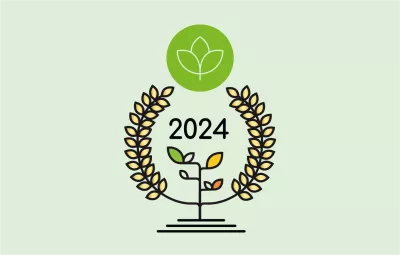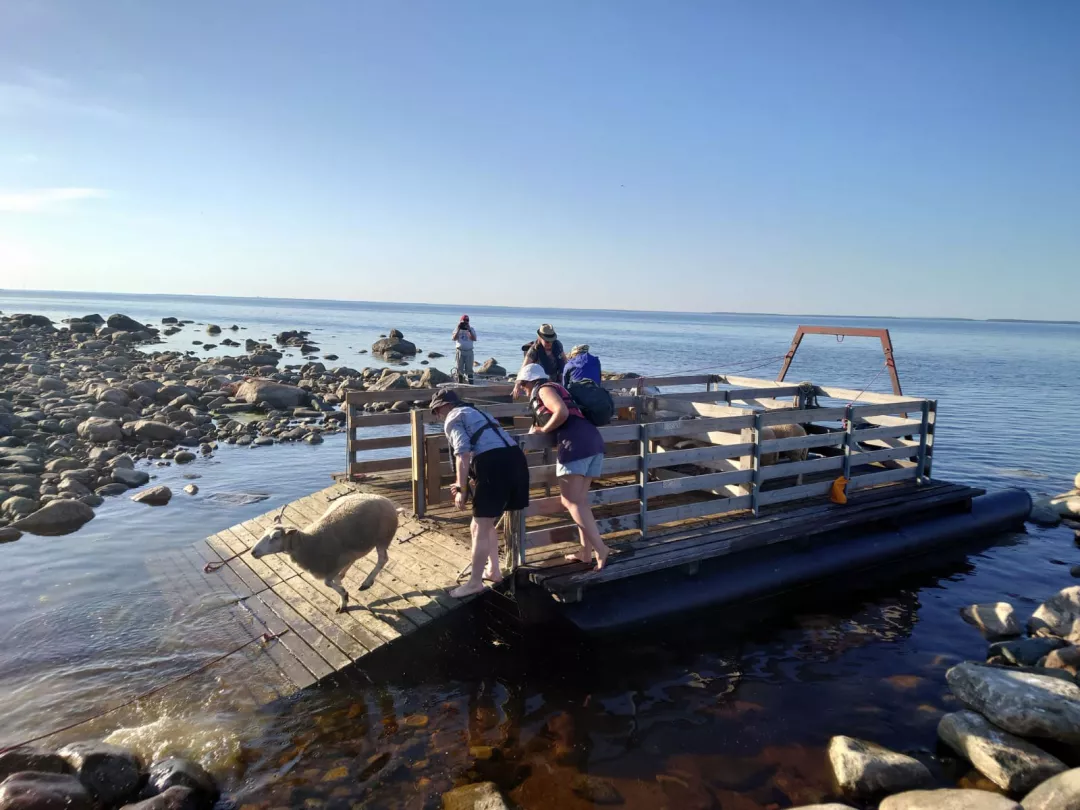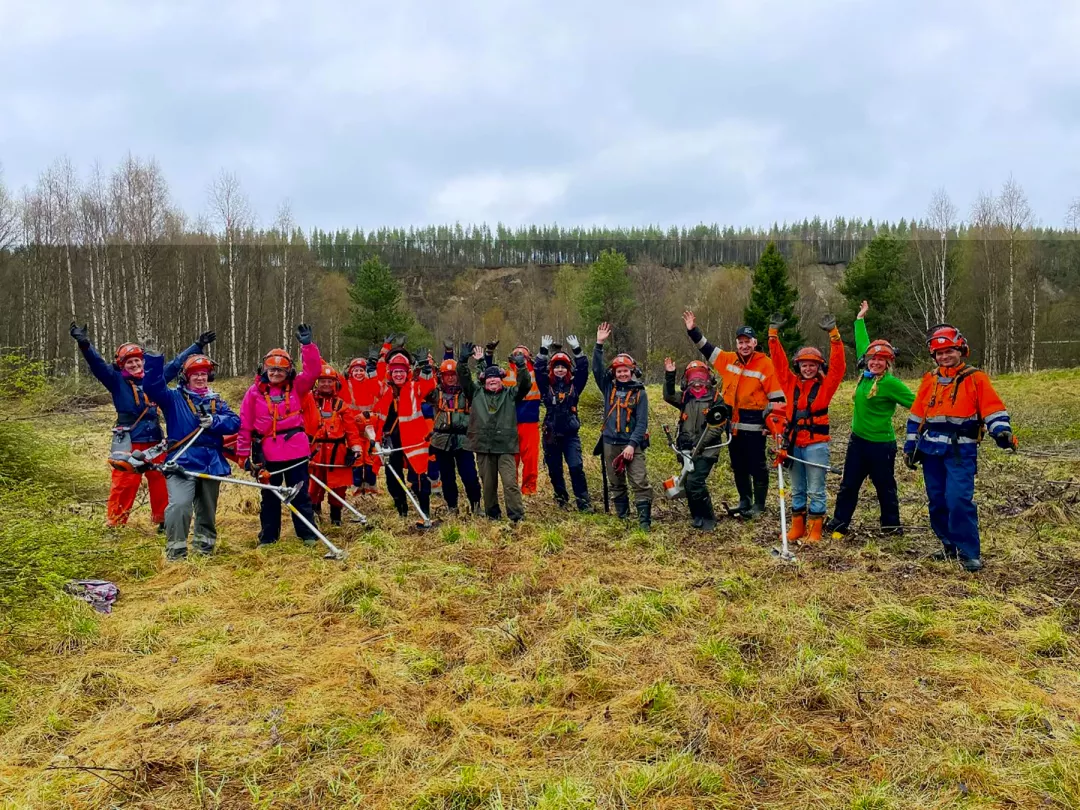General information
RDP Priority
- P6. Social inclusion and local development
RDP Focus Area
- 6B: Local development
RDP Measure
- M07: Basic services & village renewal
Beneficiary type
- Local / regional authority
Summary
This project aimed to promote the diversity of agricultural environments and village tourism in Finnish Lapland and increase the competence and knowledge of residents in local villages in restoring cultural landscapes. It focused on social, cultural and economic sustainability in village tourism, based on local, authentic culture, and spanned the entire Lapland region.
The project selected seven pilot villages with development measures based on the needs of the villages, cultural environment and development of village tourism. The project had a particular emphasis on young people and women in rural areas.
The result was the Lapland Shepherd Holidays concept, which has its basis in sustainable tourism, and where the tourism experience focuses on caring for animals that are part of cultural landscapes. The project created an extensive cooperation network related to the management of cultural environments, involving many parties ranging from individuals to authorities. It employed young people in environmental work in villages with the aim of ensuring the continuity of the management of cultural environments for future generations and restoring those environments and landscape sites.
Results
- 49 participatory events organised relating to cultural history, restoration of building heritage, landscape management and productisation of landscape, 596 participants (initial target: 38 events and 200 people).
- Development of Lapland Shepherd Holiday Network, offering holidays at eight sites (target: four sites), concept still in operation.
- Two snowshoe trails planned and two nature trail sites mapped.
- Project advisory work led to funding for two birdwatching towers in the Meltosjärvi area.
- 19 young people found employment in landscape management (initial target: ten) .
- Cooperation trials related to landscape management carried out.
- 13 newspaper articles published (target: 10+).
- Increased appreciation of cultural landscapes, knowledge and skills in managing them (including establishment of cooperation network).
- Better coordination of funding for cultural heritage and landscape management to achieve effective actions.
- Identifying the potential of village tourism and new tourism services.
- Increased biodiversity.
- Increased comfort in villages.

Promoter
ELY Centre for Lapland
Funding
Total budget: 160 000 (EUR)
EAFRD: 67 200 (EUR)
National/Regional: 92 800 (EUR)
Ressources
Documents
Context
Rural villages, with their particularities, have formed over the centuries through cooperation between humans, animals and nature. Open village landscapes with fields of flowers and agricultural buildings are the result of long-term work. However, Lapland buildings and species in traditional biotopes are now endangered, with a significant part of the building stock in Lapland destroyed in the Second World War, followed by mass reconstruction.

Traditional construction skills and the competence required to take care of the historical environments have deteriorated due to urbanisation, and the level of biodiversity has collapsed as agricultural culture has changed. The decline in cultivation increases untreated landscapes, with open rural areas becoming overgrown and the majority of traditional rural biotope species classified as endangered. As such, it is of primary importance to transfer all remaining competence to younger generations.
Promoting farm tourism was based on the need for genuine and sustainable tourism in Lapland. The area is a rapidly expanding destination, with the number of visitors constantly increasing. Tourists are looking for places where they can get to know genuine local culture and be part of everyday Lapland life. Shepherd holidays make it possible to combine tourism, local culture and participation in activities that increase natural diversity.
The project was carried out in a needs-based manner in villages which had the prerequisites for the development of sustainable village tourism and where people are interested in the maintenance of the village environment.
Objectives
The project promoter’s global aims were to increase know-how and expertise in cultural environment management, subsidies and grants, find innovative methods for managing cultural environments and renovate old buildings, learning from good models and trials derived from them.
In parallel, the project looked to promote collaboration and communality in restoring village landscapes and biodiversity sites. This would involve environment management based on self-motivation, community spirit and innovative experimentation to develop new methods.
The more specific goal was to increase genuine, high-quality village tourism integrated into daily life, promoting social sustainability and expanding recreational activities to support that tourism, growing both the competence and knowledge of young people in environmental management, and also the rural employment opportunities and traditional rural livelihoods.
Activities
The project began with mapping and selecting pilot villages based on the respective villages’ interest and commitment shown by the community, their landscape status and the potential for developing village tourism.
The next step was to set out the village-specific development needs, followed by the implementation of events and other measures in cooperation with the villagers. Examples of this included investigating and developing routes that support village tourism and managing a village landscape that supports the diversity of nature.

Various events on landscape management and the cultural environment were organised and open to everyone. One was a training course on traditional rural biotope species and how to manage sites where they are found, in cooperation with experts from the ELY Centre for Lapland (a regional centre for economic development, transport and the environment).
Waterway restoration needs were then submitted to benefit from the funding of the ELY environmental area, while joint volunteer work events were organised by the project in conjunction with the Rural Women's Advisory Organisation on invasive species in Lapland, to remove invasive alien species. This also involved the employment of young people in landscape management.
Renovation workshops were organised on the theme of building heritage, promoting traditional skills, such as the renovation of old window frames, Falu red painting and traditional fences. 58% of the people who participated in the workshops and events were women, and a separate workshop was organised for women on the use of brush saws.
To promote village tourism, the project worked on the concept, initiation and piloting of the Lapland Shepherd Holidays scheme. This also entailed mapping and developing routes and structures that support village tourism.
Main results
Forty-nine participatory events related to cultural history, the restoration of building heritage, landscape management and the productisation of the landscape were organised, with a total of 596 participants (the initial target being 38 events and 200 people). Cooperation trials related to landscape management were also carried out. Overall, 19 young people found employment in landscape management (initial target: ten).
Two snowshoe trails were planned and two nature trail sites were mapped, and as a result of the project’s advisory work, funding was found for two birdwatching towers in the Meltosjärvi area.
Perhaps most significantly during the project, the Lapland Shepherd Holiday Network was developed, offering holidays at eight sites (target: four). This concept is still in operation.
Thirteen newspaper articles were published on the overall project (target: at least 10). This, combined with the project’s work, increased appreciation for cultural landscapes and the knowledge and skills required to manage them. To this end, a management cooperation network was established.
The project also led to better coordination of funding for cultural heritage and landscape management to achieve effective actions, as well as identifying the potential of village tourism and new tourism services.
Positive side effects were increased biodiversity in the local regions and increased comfort in the villages themselves.
Key lessons
One of the main achievements, of which the project can justifiably be proud, was the establishment of the entire cooperation and expert network in Lapland to protect cultural heritage and rural landscapes.
It also led to concrete and visible landscape activities in the various villages that were part of the project, and getting both young people and women involved in developing the countryside.
The project provided women with information on funding opportunities for environmental management and the development of cultural heritage. It is often women who start initiatives in villages, and this project has provided them with information and expertise on development opportunities.
Heidi Hannula

